Comprehensive Traceability Principles
Creating and administering a plan to collect useful data from fishing activities is a complex undertaking for governments and companies alike. But once collected, verified, and shared, multiple stakeholders can use this data to achieve ecological, social, and economic goals. Building a triple impact, or ‘comprehensive,’ approach into the design and implementation of a country or company’s electronic catch documentation and traceability (eCDT) program is one method to help meet all three goals. To assist in making that approach easier to navigate, here are six principles to follow. To find out how to apply them, visit the Pathway to the Principles to discover guidance on specific actions and resources to support your traceability work.
The Principles are high-level and flexible so that technological solutions and implementation strategies can vary according to a country’s or organization’s goals. The Principles are not presented in any particular order, nor are they intended to be sequential.
In an effort to keep the Principles and Pathway actions relevant and useful to traceability program creators, implementers, and users, we have updated both the content and resources made available on this site. The Principles and Pathway are both “living,” in that they will be updated, altered, and improved when necessary. We will continue to identify and incorporate relevant resources for the Pathway to support implementation whenever possible.
Version 2.0 updates reflect:
- Gaps identified during the launch of the Principles.
- Feedback from the seafood community and from fishery stakeholders who have applied the Principles to their work (see “Case Studies” for more information about these projects).
- Internal evaluation.
- General changes in seafood traceability guidelines and regulations.
The primary changes to the Principles in version 2.0 fall under the following three themes:
Strengthened social responsibility and human and labor rights guidance.
Version 2.0 includes updates to social responsibility and human and labor rights language that reflect extensive reviews by experts in the field. Though eCDT systems alone will not improve labor conditions at sea, their support of human rights monitoring depends on people being able to rely on the validity of the data, which emphasizes the need for data verification practices, and using the data for regulatory decision-making and interventions. For these reasons, FishWise included additional guidance for how governments should approach worker engagement and worker confidentiality. Additional modifications to the Pathway actions are likely, to evolve over time as guidance evolves on how to ethically use data to support human and labor rights.
Guidance for traceability data verification and transparent operations.
The Principles 2.0 include additional resources and guidance for supporting traceability data verification, user accountability, and transparent operations. While eCDT programs are paramount to providing visibility into seafood supply chains for improved monitoring, operations, human welfare assurances, and numerous other benefits, verification of the data to ensure valid decision-making is equally important. Successful traceability requires not only diligence in how the data is collected, but the assurance of its accuracy and purpose for data sharing, as well as accountability for the timely use and responsible storage of data. Transparency of a program’s utility, decision-making processes, and data-sharing protocols is essential to ensure that people who need access to supply chain information have it, while data privacy and ownership considerations are protected. Transparency, accountability, and verification are essential to traceability.
Applicability to industry, NGOs, and other traceability practitioners.
Although the full design and implementation of an eCDT program requires government support, buy-in, and long-term maintenance, there are steps that industry and nongovernmental organizations can take to initiate program design (like stakeholder mapping, bottom-up engagement, technological scoping, etc.) to generate political will and bolster willingness to invest. The Principles 2.0 includes several updates to expand this applicability.

